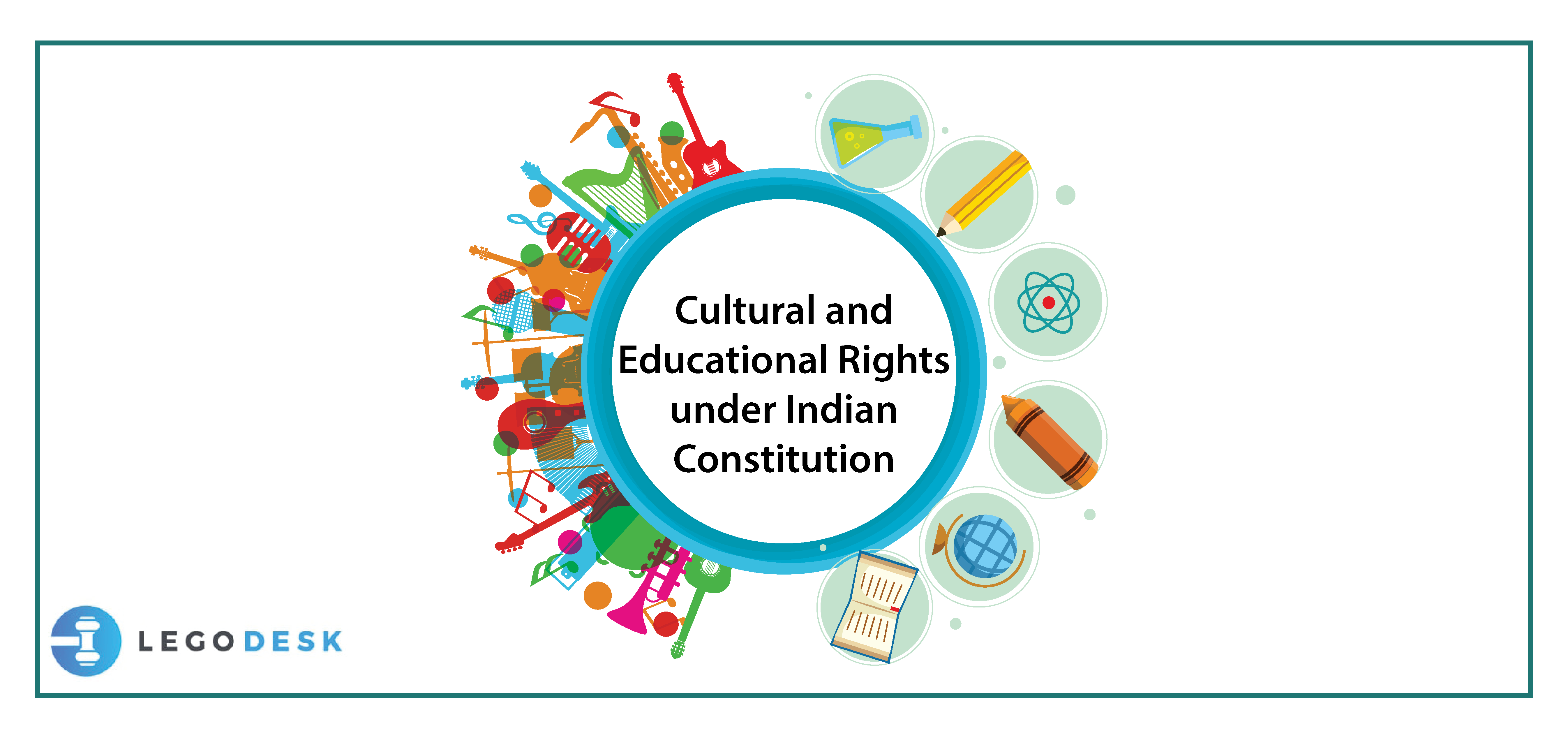
Cultural and educational rights of sections of society are protected under Article 29 and Article 30 of the Indian Constitution. They both vary in the extent and nuances of their protection. Both are aimed at minority rights protection, although the meaning of “minority” varies in both the sections as we shall see hereunder. In certain points, these two provisions also seem like an extension of the Right to Equality provisions.
Article 29 of the Indian Constitution
The verbatim reproduction of the section is as hereunder:
Protection of interests of minorities.- (1) Any section of the citizens residing in the territory of India or any part thereof having a distinct language, script or culture of its own shall have the right to conserve the same.
(2) No citizen shall be denied admission into any educational institution maintained by the State or receiving aid out of State funds on grounds only of religion, race, caste, language or any of them.
Notes
- Article 29 has the title of “protection of interests of minorities” however, it is to be noted that the term “minority” is not used in Article 29’s body. This was the intention of the Drafting Committee of the Constituent Assembly. The Advisory Committee proposed to include the term ‘minority’ in the body of the provision, but the Drafting Committee had it changed to “sections of citizens” to enable a wider interpretation. They wanted the clause to be widely interpreted to include even Maharashtrians in Bengal as a minority if a case in point begs of it. In Ahmedabad St. Xavier’s College Society v. State of Gujarat (AIR 1974 SC 1389), the bench went one step further and held that even majorities could claim protection under Article 29 of the Conisation of India, even though the term ‘minorities’ is mentioned in the title of the provision.
- The “right to conserve” granted under Article 29(1) has been held under Jagdev Singh Sidhanti v. Partap Singh (AIR 1965 SC 183,188) to include the freedom to agitate for the protection of their language, meaning ‘political region.’
Article 30 of the Indian Constitution
The section is reproduced as hereunder:
Right of minorities to establish and administer educational institutions –
(1)All minorities, whether based on religion or language, shall have the right to establish and administer educational institutions of their choice.
(lA) In making any law providing for the compulsory acquisition of any property of an educational institution established and administered by a minority referred to in clause (1), the State shall ensure that the amount fixed by or determined under such law for the acquisition of such property is such as would not restrict or abrogate the right guaranteed under that clause.
(2) The State shall not, in granting aid to educational institutions discriminate against any educational institution on the ground that it is under the management of a minority, whether based on religion or language.
Notes
- Article 30 of the Indian Constitution deals with the rights of linguistic and religious minorities. In this provision, there is an express use of the term “minorities” instead of the term “sections of citizens” like in the case of Article 29 of the Indian Constitution. That is because unlike Article 29, Article 30 deals only with the rights of minorities. It emphasizes the protection of minorities per se under Article 29 and Article 30 of the Indian Constitution, even though they are separate rights ( father Proost v. the State of Bihar, AIR 1969 SC 465).
- Interestingly, the term “minorities” have been left undefined. The Motilal Nehru Report (1928) showed a prominent desire to afford protection to minorities but did not define the expression. The Sapru Report (1945) also proposed, inter alia, a Minorities Commission but did not define ‘minority.’ The U.N. Sub-Commission on Prevention of Discrimination and Protection of Minorities has defined ‘minority’ (by an inclusive definition), as under:
- The term ‘minority’ includes only those non-document groups in a population which possess and wish to preserve stable ethnic, religious or linguistic traditions or characteristics markedly different from those of the rest of the population;
- such minorities should properly include a number of people sufficient by themselves to preserve such traditions or characteristics;
- and such minorities must be loyal to the State of which they are nationals.
- Article 27 of the International Covenant on Civil and Political Rights does not define the expression but gives the following right to them: “In those States in which ethnic, religious or linguistic minorities exist, persons belonging to such minorities shall not be denied the right in community with the other members of the group, to enjoy their own culture, to profess and practice their own religion or to use their own language.”
- In Joynal Abunil v. State (AIR 1990 Cal 193, 201, 202) the court summarised the provisions under Article 30 as:
- Freedom to establish;
- Freedom to administer an educational institution of their own choice – free from external control with regards to the two aspects.
This Autonomy cannot be taken away (St. Stephen’s College v. University of Delhi (1992) SCC 558). However, it can be regulated by the State through legislation. But the legislation shall be for ensuring social welfare and similar regulatory measures. The bottom line is that it should not infringe upon the rights under Article 30 unnecessarily, especially to the extent that the power of administration of the institution is taken away.
Legislations serving the purpose of setting a standard for education and for the maintenance of excellence is valid, as has been held in the Islamic Karimia Society, Indore v. Devi Ahilya Vishvavidyalaya, Indore (AIR 1988 MP 200), even if it is changed to the syllabus.
Conclusion
In conclusion, the protection of educational and cultural rights is the main import of Article 29 and Article 30. It is an earnest effort at achieving inclusiveness; however, lack of clarity with regards to a definition of “minority” is felt.

